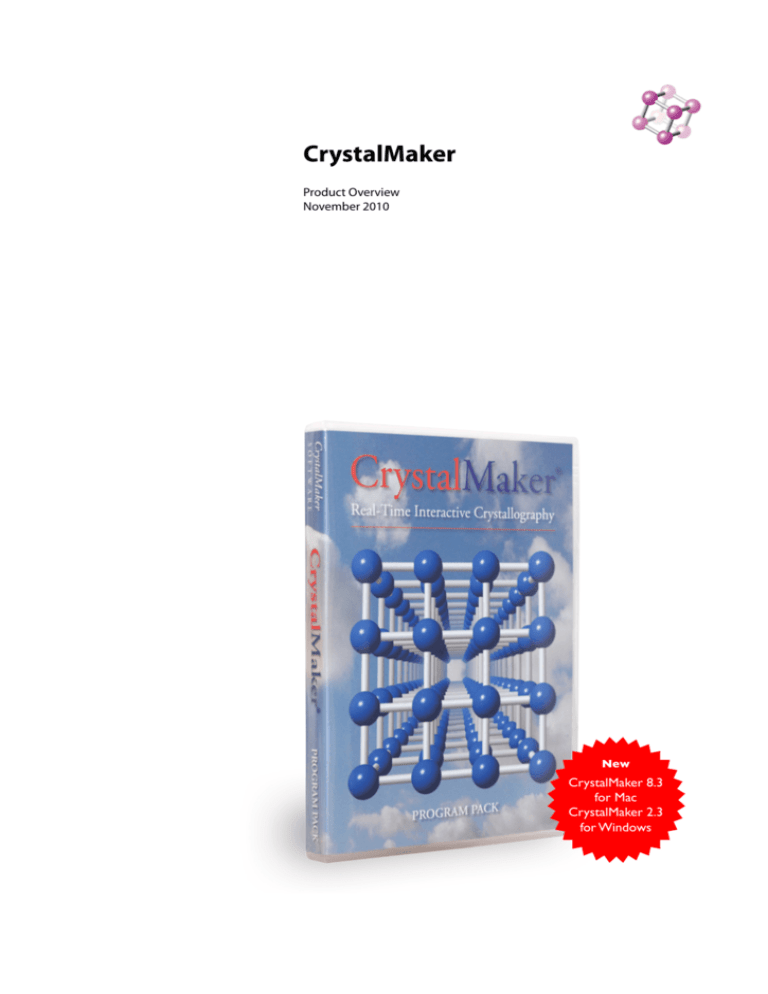

If you have an existing crystal structure and you wish to use a larger unit cell, you can specify the relative size of the new unit cell, with respect to the old cell. Note, however, that your origin lattice plane is now parallel to (001) in the new transformed crystal setting.

This type of transformation is very useful in surface studies, as it makes it easy to display precise ranges of atoms parallel to a given surface. because CrystalMaker can use any symmetry (including lattice translations) to build a complete unit cell from a much smaller, asymmetric unitso you wont generally need to type in the coordinates of every single atom To display more extensive structures, CrystalMaker can tile multiple unit cells. Enstatite (common in mafic rocks) always has high Mg and low Ca. CrystalMaker attempts to create a Primitive cell (where possible), with the x- and y crystallographic axes lying in the plane, and the z-axis directed out of the plane. Orthopyroxene crystal structure, CrystalMaker. Here you can specify the Miller Indices of a lattice plane, onto which the unit cell will be projected. Where are the unit cell vectors for the new unit cell (i.e., your new basis vectors). Here, you can enter a transformation matrix,, that relates the new crystallographic unit cell (basis) vectors, to those of the existing cell. Getting StartedĬhoose the Transform > Unit Cell command to display a submenu with transformation options. Lattice Transformations in CrystalMaker Lattice Transformations in CrystalMakerĬrystalMaker lets you take an existing unit cell and transform its lattice type (e.g., to convert a Face-Centred cell to a Primitive cell), project the cell onto a lattice plane, or to define a much larger, "Supercell".


 0 kommentar(er)
0 kommentar(er)
